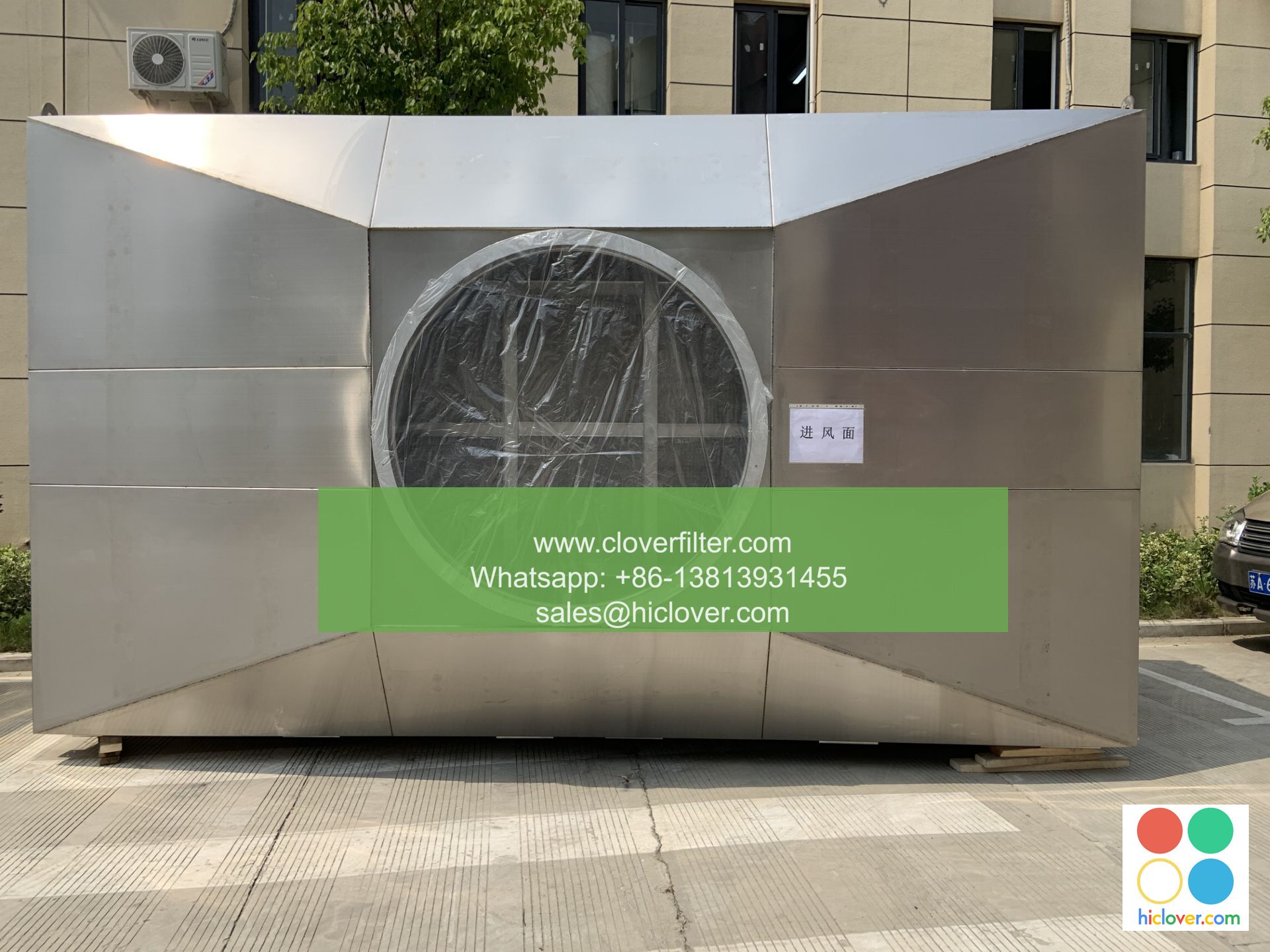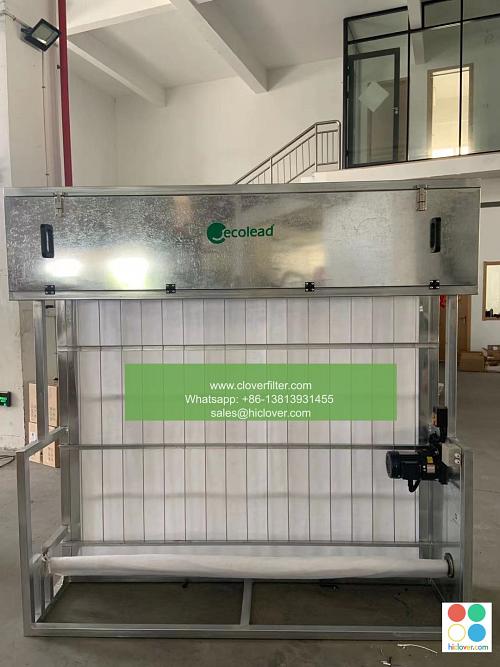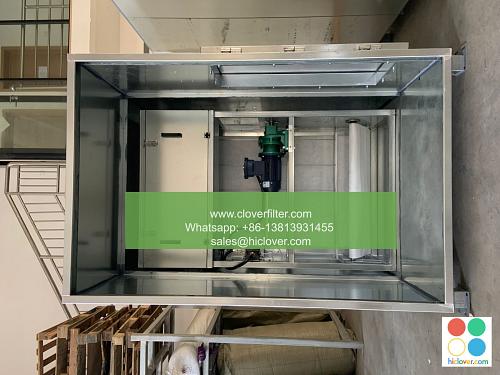Thunder Bay Medical Research Facility’s State-of-the-Art Air Filtration System: A Tour

The Thunder Bay Medical Research Facility is a cutting-edge institution dedicated to advancing medical knowledge and improving patient care. One of the key features that sets this facility apart is its state-of-the-art air filtration system. This system is designed to provide a safe and healthy environment for patients, staff, and researchers, and is a crucial component of the facility’s overall mission.
During a recent tour of the facility, we had the opportunity to see the air filtration system up close and learn more about its features and benefits. The system is designed to remove airborne contaminants, including dust, bacteria, and viruses, from the air. This is particularly important in a medical research setting, where the risk of infection and contamination is high.
The air filtration system at the Thunder Bay Medical Research Facility uses a combination of HEPA filters and ultraviolet (UV) light to remove airborne contaminants. The HEPA filters are designed to capture 99.97% of particles as small as 0.3 microns, including dust, pollen, and other airborne allergens. The UV light is used to kill bacteria and viruses, providing an additional layer of protection against infection.
One of the most impressive features of the air filtration system is its ability to be customized to meet the specific needs of different areas of the facility. For example, the system can be adjusted to provide higher levels of filtration in areas where patients are being treated, and lower levels of filtration in areas where staff are working. This allows the facility to balance the need for a safe and healthy environment with the need to minimize energy consumption and reduce costs.
In addition to its technical features, the air filtration system at the Thunder Bay Medical Research Facility is also designed to be easy to use and maintain. The system is controlled by a user-friendly interface that allows staff to monitor and adjust the system as needed. The system also includes a number of automated features, such as automatic filter replacement and self-diagnostics, that help to minimize downtime and reduce maintenance costs.
During the tour, we also had the opportunity to speak with some of the staff and researchers who work at the facility. They were uniformly impressed with the air filtration system, and highlighted its importance in maintaining a safe and healthy environment. “The air filtration system is a critical component of our facility,” said one researcher. “It allows us to focus on our work without worrying about the risk of infection or contamination.”
Overall, the state-of-the-art air filtration system at the Thunder Bay Medical Research Facility is a key feature of the institution. Its ability to provide a safe and healthy environment, combined with its ease of use and maintenance, make it an essential component of the facility’s overall mission.
Conclusion
In conclusion, the Thunder Bay Medical Research Facility’s state-of-the-art air filtration system is a cutting-edge technology that provides a safe and healthy environment for patients, staff, and researchers. Its customizable features, ease of use, and automated maintenance features make it an essential component of the facility’s overall mission. As the facility continues to advance medical knowledge and improve patient care, its air filtration system will play a critical role in supporting these efforts.
Frequently Asked Questions (FAQs)
Below are some frequently asked questions about the Thunder Bay Medical Research Facility’s air filtration system:
- Q: What type of filters does the air filtration system use? A: The system uses HEPA filters, which are designed to capture 99.97% of particles as small as 0.3 microns.
- Q: How often are the filters replaced? A: The filters are replaced automatically by the system, which is programmed to replace them at regular intervals to ensure optimal performance.
- Q: Can the air filtration system be customized to meet the specific needs of different areas of the facility? A: Yes, the system can be adjusted to provide higher or lower levels of filtration in different areas of the facility, depending on the specific needs of each area.
- Q: How does the air filtration system help to prevent infection and contamination? A: The system uses a combination of HEPA filters and UV light to remove airborne contaminants, including bacteria and viruses, from the air.
- Q: Is the air filtration system easy to use and maintain? A: Yes, the system is controlled by a user-friendly interface and includes automated features such as automatic filter replacement and self-diagnostics, which help to minimize downtime and reduce maintenance costs.


